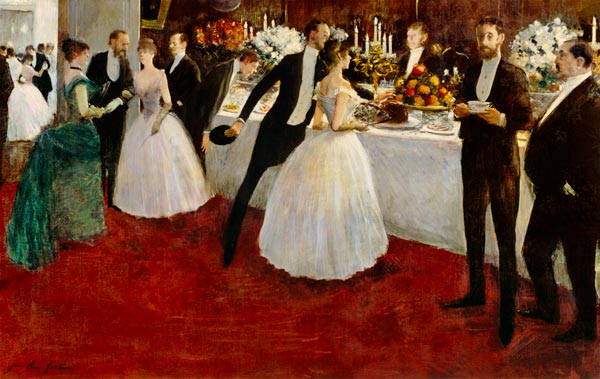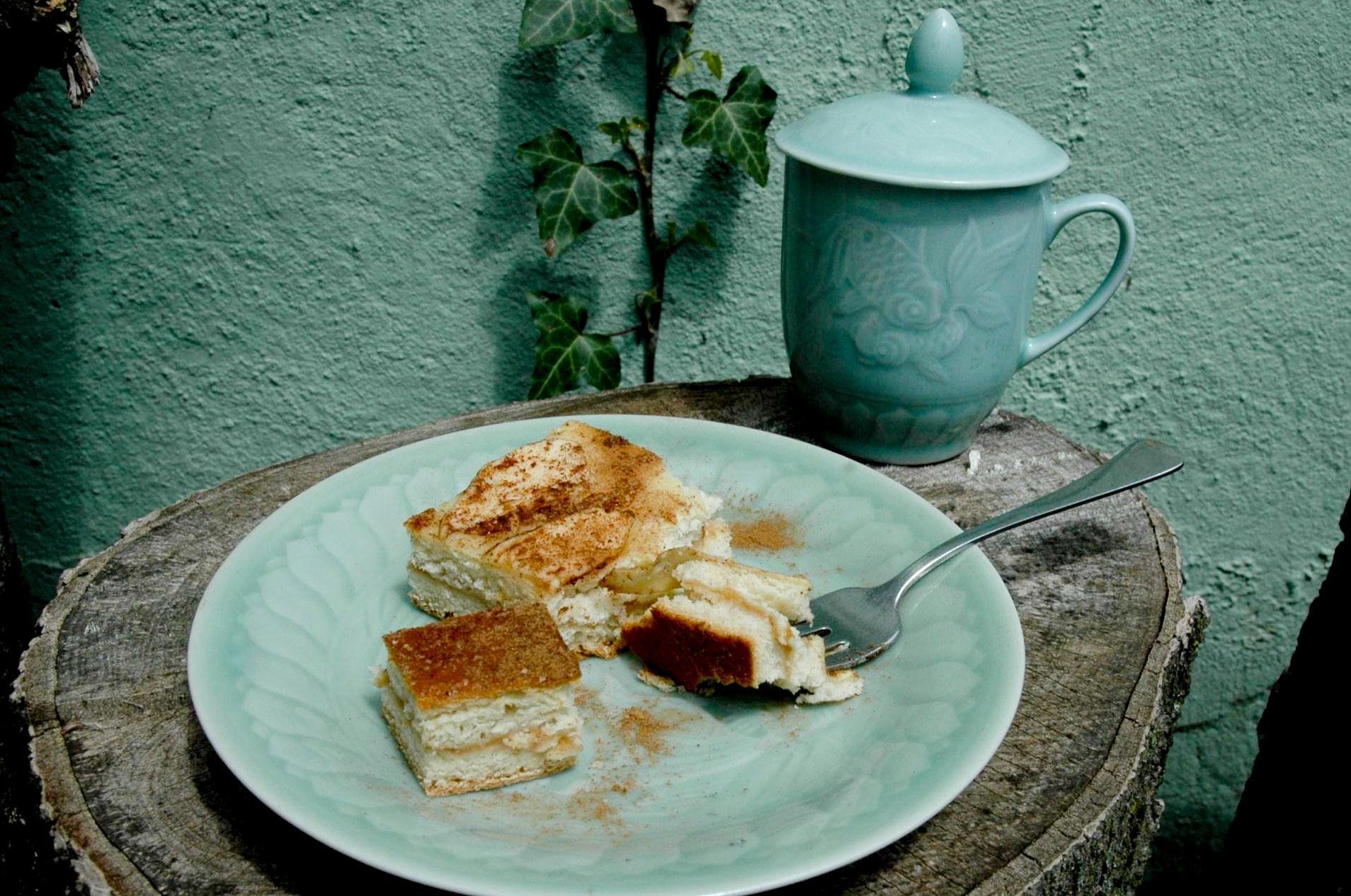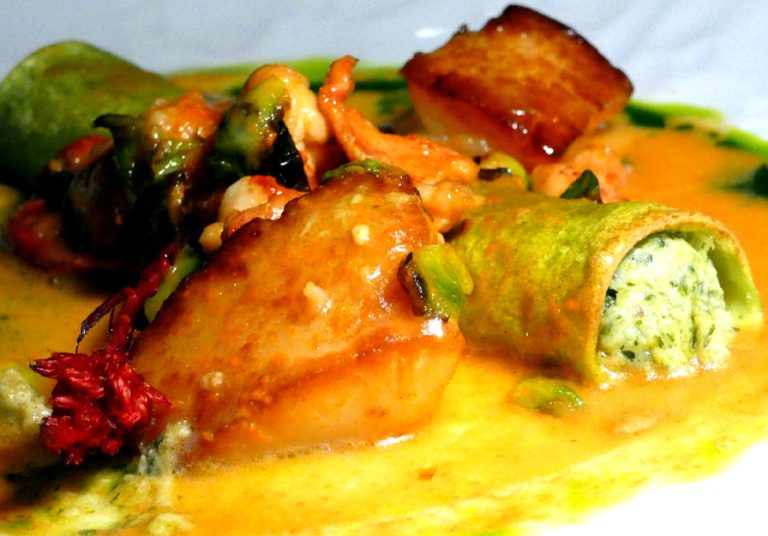While people have been enjoying sweets for thousands of years, the concept of dessert has gradually evolved from simple and refreshing, to the complex explosion of decadence we are tempted with today.
In many areas, desserts are a treasured cultural tradition – defined by signature ingredients, loving preparation and sweet satisfaction for both the creator and consumer. These treats are especially savored because they are enjoyed sparingly.
When taken in excess, however, desserts tend to lose their value – while at the same time undermining our earnest efforts for good nutrition. Facing the ever-present, mass-produced pastries and sweets factored into most social functions, is it possible to cultivate a healthy relationship with desserts?
The evolution of dessert
The earliest sweets were, of course, local fruits. Oftentimes, a small amount of fruit was served after a meal or between courses to cleanse the palate. Like brushing the teeth or chewing gum, cleansing the palate with a refreshing dessert serves as a punctuation to the end of a meal. Even today, you will find Chinese restaurants offering orange slices at the end of service.
French influence
In fact, the word “dessert,” which comes from the French desservir, meaning “to clear the table,” was a 17th century replacement for “le fruit,” which was the final course in a formal meal, and consisted of fine fruit.

Success
You are now signed up for our newsletter
Success
Check your email to complete sign up
In ancient France, it was common to enjoy sweet dishes between savory courses, a practice known as “entremets,” meaning “between food.” These small dishes served as palate cleansers, and included simple items like fruit or fruit preserves. In fact, a quest for the sweet satisfaction of exotic fruits drove some of the first attempts in greenhouse technology.
With the refinement of French cuisine in the Renaissance and Baroque periods, eating became elaborate and sophisticated for the aristocracy. Dining customs shifted towards more structured experiences, and le fruit was considered the grand finale of a formal meal. After the shift in political power marked by the French Revolution, however, this aristocratic term was replaced by the more utilitarian desservir.
As French cuisine came to be considered one of the most refined and influential cuisines in the world, French culinary techniques and customs – like crowning a meal with a delightful desservir, or “dessert” – were adopted and adapted by other cultures.
More sweet, less special

With the Industrial Revolution in the 1800s, both sugar and white flour became widely available through mass production. Desserts of all sorts grew commonplace, and their exquisite nature was dulled. Around the world today, it is practically the norm to have something sweet with your coffee or tea, particularly in social situations.
Especially in North America, our love affair with sweets has made desserts an expectation rather than an exception, and even our breakfasts resemble desserts. Today, the average American consumes an astonishing 60 pounds of sugar per year, and Canadians eat even more.
Healthy dessert habits

We all know that excess sugar can take its toll on our health. But as a pleasurable social and cultural tradition, eliminating desserts from the diet can be both trying and impractical. Here at Vision Times, we think it’s all about balance, so we recommend cultivating a healthy relationship with dessert:
- Lean on the natural sweetness of fruits: Fresh fruit – not just sweet, but bursting with flavor – provides important vitamins and fiber while satisfying our sweet tooth. Instead of keeping a box of cookies around, stock up on a variety of fruits for your snack attacks.
- Eat a nutrient-dense meal before dessert: Desserts are best reserved for the finishing touch after a nutritious meal. Although they have a lot of calories, sweets don’t usually provide much else, and their addictive nature leaves you wanting more.
- Make it an occasion rather than a habit: Desserts have the power to bring people together. They are a small indulgence, and an excuse to take a break and be present. Instead of making dessert a daily expectation, make it a shared and special experience.
- Don’t forget to brush! Brushing not only helps keep the mouth clean and healthy – it also punctuates the end of your nibbling. If you want to break the habit of snacking on sweets, a toothbrush is your best friend.
- Adjust your cravings: By choosing desserts that aren’t predominantly sugar, you will gradually find that less sweet can be more satisfying. At the same time, preparing your own treats makes them that much more special.
Three guilt-free dessert recipes for sweet satisfaction

Ila’s “Fridays” (A low-sugar version of sundaes)
Yield: 4 servings
Ingredients
- 2 ripe bananas, sliced
- 12 fresh strawberries, hulled and sliced
- ¾ cup whipping cream (unsweetened or lightly sweetened, and whipped)
- Peanuts
- 4 squares dark chocolate plus a splash of cream, melted in a double boiler
Preparation
- Mix the fruit and divide into bowls.
- Add a dollop of whipped cream to each.
- Drizzle with melted chocolate.
- Top with whole or chopped peanuts.
- Enjoy with your family on Fridays!

Uschi’s German Apple Cake
Serves a small party
Ingredients:
Crust
- 1 packet (2 tsp) yeast
- ¾ cup warm milk
- 1 tsp salt
- 1 tsp vanilla
- 2 cups flour
- ⅓ cup sugar or xylitol
- ¼ cup butter (softened)
Filling
- 1 ½ cups or more unsweetened applesauce
- 1 fresh apple, peeled and sliced
- Additional sugar and cinnamon for the top
Preparation
- Activate the yeast by mixing with warm milk and ½ cup flour in a mixing bowl.
- After that gets bubbly, add the rest of the crust ingredients and mix thoroughly.
- Let the dough rise until doubled (under an hour.)
- Divide the dough in halves.
- Roll out one half and place on a baking sheet.
- Spread generously with applesauce (warmed slightly to boost the second rise.)
- Roll out the second half and place over the applesauce.
- Top with thinly sliced apples.
- Preheat the oven to 400°F
- Let the layered cake rise for an additional 20 minutes.
- Bake for 25 minutes.
- Sprinkle with cinnamon and sugar and serve warm, or at room temperature.

Red Beet Chocolate Cupcakes (A wholesome version of red velvet cake for children)
Yield: About 18 cupcakes
- 1 ½ cup flour of choice
- 1 ½ tsp baking soda
- ½ tsp salt
- ¾ cup sugar or xylitol
- 3 eggs
- 1 cup oil (part coconut)
- 10 squares dark chocolate (3 oz)
- 1 tsp vanilla
- 1 ½ – 2 cups peeled, cooked beets
Preparation
- Preheat oven to 350°F.
- Mix dry ingredients in a medium mixing bowl.
- In a separate bowl, melt oil and chocolate with hot, cubed beets.
- Add vanilla and eggs and puree with a hand mixer.
- Combine wet and dry ingredients.
- Fill cupcake liners ⅔ full.
- Bake for about 20 minutes, or until center tests clean.
- Serve as-is, or top with fresh whipped cream.














